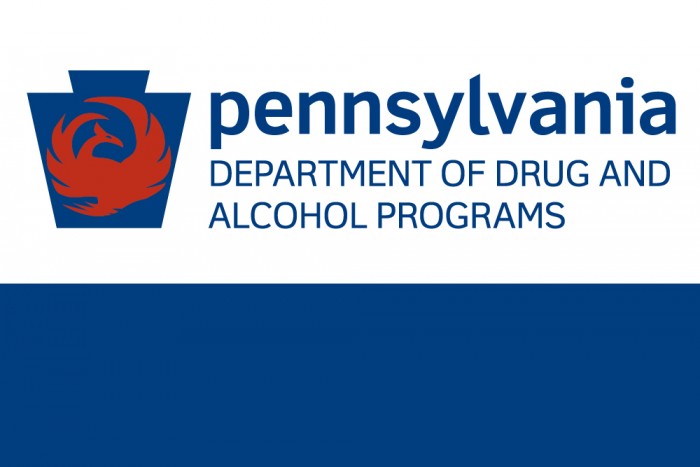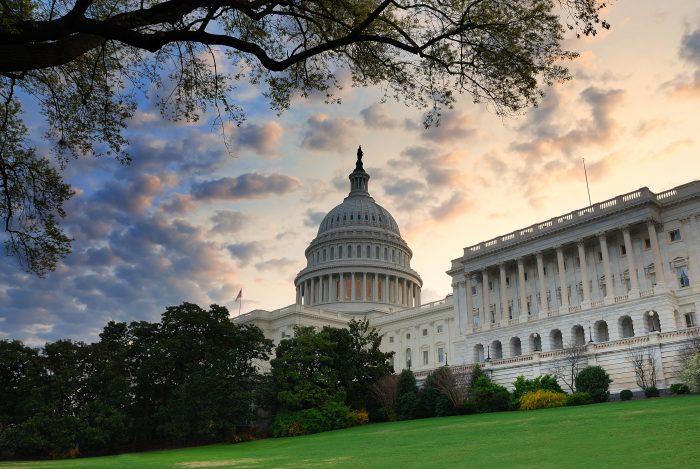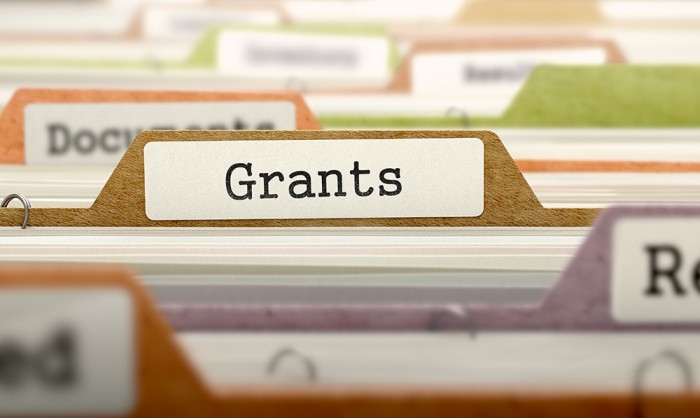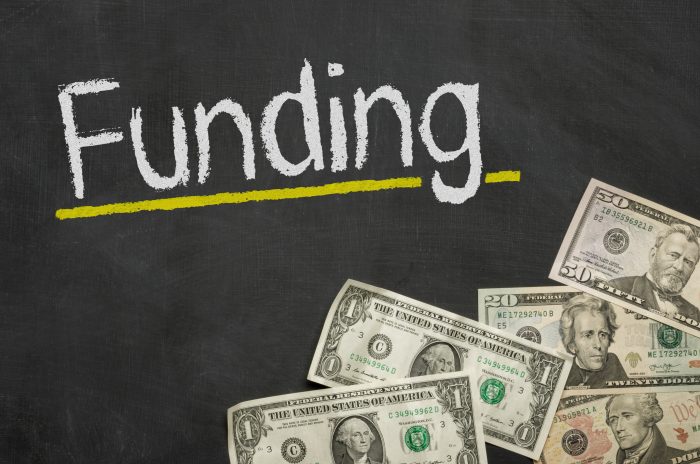The Department of Drug and Alcohol Programs issued Information Bulletin 04-22 today. The purpose of the bulletin is to make Single County Authorities, substance use disorder (SUD) treatment providers, and other SUD-related organizations aware that they may be asked to serve on a death review team and that they may be asked to provide records as part of a death review team’s duties pursuant to Act 101 of 2022.
Jason Snyder
New PA Law Decriminalizing Fentanyl Test Strips Takes Effect This Week
Act 111, which amends the Controlled Substance, Drug, Device and Cosmetic Act of 1972 to no longer define fentanyl test strips as drug paraphernalia, took effect Monday. Under the new law, people in Pennsylvania who buy or carry fentanyl testing strips will no longer face potential criminal charges for possession of drug paraphernalia.
According to the Centers for Disease Control and Prevention, fentanyl test strips (FTS) are a low-cost method of helping prevent drug overdoses and reducing harm. FTS are small strips of paper that can detect the presence of fentanyl in all different kinds of drugs (e.g., cocaine, methamphetamine, and heroin) and drug forms (pills, powder, and injectables).
Congress Eliminates X-Waiver Requirement to Prescribe Buprenorphine to Treat OUD
With the passage and signing into law of a federal omnibus appropriations bill last week, the requirement that healthcare providers possess a Drug Enforcement Administration (DEA) X-waiver to prescribe buprenorphine to treat opioid use disorder (OUD) has been eliminated. The move is intended to expand access to addiction treatment.
Named for the “x” that accompanies a narcotics prescribing license, DEA X-waivers have been required to prescribe buprenorphine, a Schedule III drug, as treatment for OUD. Applying for an X-waiver required providers to undergo additional training. The X‑waiver requirement had also limited the number of patients providers can treat. It was largely seen as a barrier preventing many practitioners from treating addiction.
Read the White House’s statement on elimination of the X-waiver.
Federal Year-End Spending Bill Includes Numerous MH, SUD Provisions
SAMHSA Proposes Update to Federal Rules to Expand Access to OUD Treatment Through Opioid Treatment Programs
The Substance Abuse and Mental Health Services Administration (SAMHSA) is proposing to expand access to treatment for opioid use disorder (OUD) by making permanent medication flexibilities put in place during the COVID pandemic, including an increase in number of take-home doses of methadone and the use of telehealth in initiating buprenorphine at opioid treatment programs (OTPs).
In its Notice of Proposed Rulemaking to update 42 CFR Part 8, SAMHSA is proposing to improve access to OUD treatment through OTPs. The proposed changes reflect the widespread desire by many stakeholders for SAMHSA to provide greater autonomy to OTP practitioners, positively support recovery, and continue flexibilities that were extended at the start of the nation’s COVID-19 public health emergency. For example, in March and April 2020, SAMHSA published flexibilities for the provision of take-home doses of methadone and for the use of telehealth in initiating buprenorphine in OTPs. Patients deemed stable by physicians have been able to take home up to 28 days’ worth of methadone doses; other patients — again, so determined by their physicians — received up to a 14-day supply. A recent study showed that patients who received increased take-home doses after federal flexibilities were enacted during COVID-19 saw positive impacts on their recovery, including being more likely to remain in treatment and less likely to use illicit opioids.
DDAP Information Bulletin: Negative UDS Cannot Be Sole Reason for Denying SUD Treatment
Dec. 13 SUD Committee Meeting to Feature AG’s Office, JSGC, and DDAP Secretary
DDAP Awards Nearly $19 Million to Assist Practitioners With Student Loan Repayment
The Pennsylvania Department of Drug and Alcohol Programs (DDAP) joined RCPA-member University of Pittsburgh Medical Center (UPMC) to announce that DDAP is awarding nearly $19 million in grant funding through its substance use disorder (SUD) loan repayment program. This program is aimed at aiding SUD treatment and case management professionals with repaying their outstanding qualifying educational loans.
More than 280 SUD practitioners, including case managers, counselors, licensed social workers, physician assistants, and registered nurses, were awarded the funding to go toward repaying their student loans. Of the total grant recipients, six are current UPMC employees, each receiving grants of up to $100,000 per person.
“We are thrilled that the administration is investing into helping and boosting the behavioral health care workforce,” said Noreen Fredrick, vice president of ambulatory and community behavioral health services for UPMC Western Behavioral Health and RCPA’s Chairperson-Elect. “Behavioral health workers have been at the forefront of addressing substance use disorders and saving lives. There are many ways in which UPMC is advocating for our employees, and programs like this will certainly help ease the heavy loan burden many clinicians obtain to do this important work.”
High rates of turnover and shortages of health care professionals have placed increased pressure on employee recruitment and retention, as well as access to care for Pennsylvania residents seeking SUD treatment and supports. Through this SUD loan repayment program, DDAP will provide loan repayment opportunities as an incentive to retain SUD practitioners willing to continue providing services within the commonwealth.
Candidates who were selected were required to demonstrate a minimum of two prior years of experience in the SUD field as well as agree to a service commitment of two additional years.
This funding opportunity is made possible from the Opioid Settlement Fund (McKinsey) and Pennsylvania’s Medical Marijuana Program Fund.
“The Wolf Administration remains committed to strengthening the drug and alcohol treatment and case management system across Pennsylvania and this loan repayment program is just one more example of that commitment,” said Secretary Jen Smith. “Easing the burden of student debt is paramount to helping incentivize SUD professionals to remain in this field, which in turn will benefit some of our loved ones, friends and neighbors who need SUD services most.”
Single County Authorities to Receive $9M in Opioid Settlement Funds
The Pennsylvania Department of Drug and Alcohol Programs (DDAP) is awarding $9 million to single county authorities (SCAs) to establish or expand crisis stabilization services for individuals who present with substance use disorder (SUD) and co-occurring mental health symptoms. Such services include assessment and stabilization of acute physical and psychiatric symptoms, which may include medical management and behavioral interventions, induction on medication-assisted treatment, level of care assessments, short-term stays, and connections to supportive services.
Grants of up to $3 million will be awarded to eligible SCAs and can be applied toward a range of activities, including construction and building infrastructure, staffing, and programming. The SCAs may provide or coordinate the services.
SUD crisis stabilization services must have the capacity to recognize and manage individuals presenting with a wide range of SUD-related symptoms, mental health disorders, and developmental disabilities. Funds can be applied toward a range of activities, including construction and building infrastructure, staffing, and evidence-based programming.
Earlier this year, the General Assembly allocated its 2022 $17 million portion of Pennsylvania’s $1.07 billion opioid settlement to DDAP. The overall settlement was reached between states’ attorneys general and Johnson & Johnson, AmerisourceBergen, Cardinal Health, and McKesson.
DDAP plans to use the remaining money from this year’s opioid settlement allocation to provide treatment and recovery support services to communities of color; address workforce issues; and fund services in the Kensington area of Philadelphia with a $1 million grant. Read more about the crisis services grants.
Wolf Administration Highlights Resources for Grandparents Raising Grandchildren During Family Caregivers Month
The Pennsylvania Departments of Drug and Alcohol Programs (DDAP), Human Services (DHS), and Aging (PDA) are highlighting available resources for grandparents who are raising grandchildren and demonstrating the need for additional supports for these grandparents because of the overdose crisis.
According to the U.S. Census Bureau, in 2016, there were more than seven million grandparents living with their grandchildren, and over two million were responsible for their grandchildren’s basic needs. In Pennsylvania, it is estimated that nearly 260,000 children live in households headed by grandparents or other relatives.
















